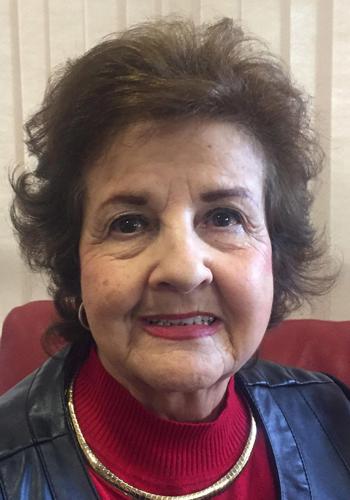They came from Tucson’s barrios. Others came from Arizona’s small mining towns or rural agricultural communities. And they all came together as University of Arizona students.
They were overwhelmingly Mexican-American and were more likely to be the first in their families to enroll at the university. Most of them spoke some or a lot of Spanish at home and some were children of Mexican immigrants.
And when they were on campus and in classes, they felt they were alone.
Back in the 1950s, the UA was a lonely place for Mexican-American students. They numbered a couple of hundred on a campus of some 5,000 students. And while the Mexican-American students all had Arizona roots, and they bled red and blue for the Wildcats, they felt like outsiders.
Feeling isolated, the Mexican-American students sought a stronger connection between themselves. They wanted to feel a part of a college community. They needed to share their growing common experiences at the UA, swap stories of their families’ histories and boast of their nanas’ tamales.
In the early 1950s, they formed Los Universitarios, pioneering Mexican-American college kids who did what the naysayers of their time said they couldn’t do — attend and graduate from college. The country was changing and so was the UA campus, said John Huerta, a founding member of Los Universitarios.
Saturday some of the Universitarios gathered at the Marvin D. “Swede” Johnson Building to document their experiences at the UA. The University of Arizona Hispanic Alumni, which grew from the student group, video recorded their testimonies.
“We didn’t feel welcomed and part of what was going on at the University,” said Evangelina Valdez, who grew up near Miles Elementary School in Barrio San Antonio and graduated from the UA in 1955 and later taught business education at Pueblo High School.
The Universitarios came together so they could lean on one another. They understood each other’s academic challenges and, just as importantly, the cultural challenges at the overwhelmingly white UA.
For Guadalupe Guerrero Romero, who grew up in Bisbee, the strains of lonely college life eased up when someone in the group took out a guitar and sang a song by Jorge Negrete, a popular Mexican singer and movie star.
“It gave me a sense of belonging. This gave me the espíritu,” said a spirited Romero, who graduated from the UA in 1967 and went on to a 37-year career in education, including 13 years as principal of Davis Bilingual Elementary Magnet School.
When Esperanza Burrell Bejarano, who grew up in Sonoyta, Sonora, on the border with Lukeville, entered the UA in the early 1960s, she felt assured and confident of her abilities. She had learned English while attending Pueblo High School, where she met her future husband, Rudy Bejarano. But on campus some of that confidence eroded. It was a completely different world for her and her fellow Mexican-American Wildcats.
“We didn’t feel accepted,” she said, recalling those days when some of the Universitarios would meet at Louie’s Lower Level in the old Student Union. That support group sustained Bejarano, who became a pioneering bilingual education teacher at Mission View Elementary School in South Tucson.
While the Universitarios would eventually dissolve, it’s legacy is felt today.
The Universitarios had the foresight to create a scholarship fund for Latino students. The first scholarship — $250 given to Julie Ortega of Douglas — formed the foundation of the University of Arizona Hispanic Alumni, which was created in 1982 by some of the Universitarios.
Since then, the alumni group has “given millions of dollars to thousands of students,” said Jim Garcia, president of the alumni group’s board of directors. The organization has an endowment of $1.4 million and other funds, which are used to provide scholarships to about 100 students each year.
Some funds come from private benefactors, but much of the money is earned through its annual dinner, which this year will be held April 7 at the Tucson Museum of Art.
Another legacy is seen in the growing enrollment of Latino students at the UA, which currently comprise about 25 percent of the nearly 45,000 student population.
The Universitarios had families and they encouraged their children, grandchildren, nephews and nieces to attend the UA. And the Universitarios, many of whom became educators, doctors, lawyers, military officers and civil servants, shared with young people over the years the importance of getting a college degree.
It’s a legacy for the UA to enshrine.






